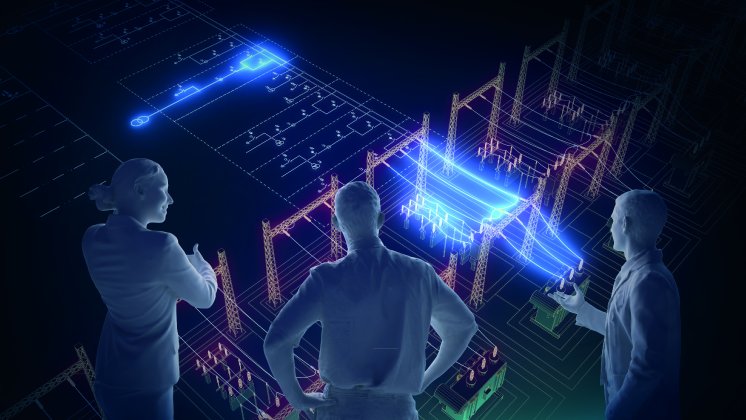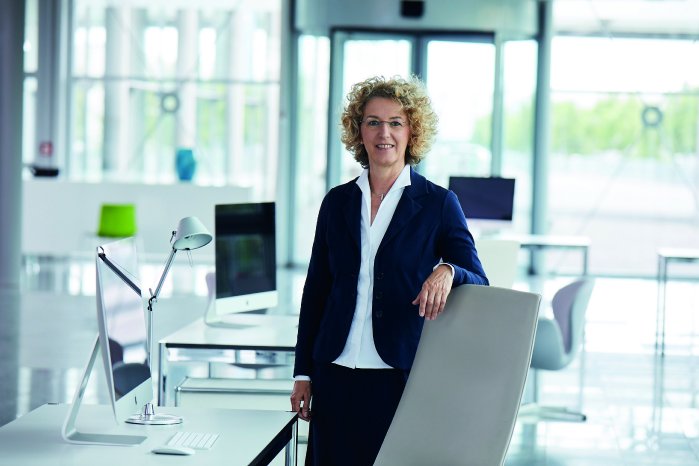Servers instead of control cabinets
IEC 61850 is THE issue in energy distribution circles and causes headaches for many grid operators. As well as setting down a uniform, manufacturer-neutral description of digital substations’ structures, it also defines the ways to communicate with control and protection devices. Here, the IEC requires SCL (Substation Configuration Language) formatting. This language will become even more important in the future, as control-side systems will change significantly. “Bus technology is also being introduced here, from out in the field to control systems,” says Imbusch. Information is transmitted via the bus line in IEC-compliant SCL. This considerably reduces cabling. “There are already fewer control cabinets in substations, and in the long term there will only be servers,” says the Product Manager.
Intelligent modelling instead of drawing
This not only reduces circuit diagrams and eliminates the need for cross-connection diagrams, but also makes traditional, document-heavy engineering tools less important, because they cannot reproduce detailed information without a circuit diagram. It’s quite different with Aucotec’s EB platform: “IEC 61850 is the DNA of the substation’s digital twin. It is depicted as an object model. To model and map this twin in accordance with standards, an intelligent object-oriented system is needed that integrates the DNA. So far, only EB can reproduce such a model in accordance with standards,” Imbusch emphasizes. A crucial reason for this is EB’s completely data-centric approach to work. Since this also enables purely alphanumeric work, not a single circuit diagram has to be drawn in EB for secondary technical details.
Entire switchgear in one model
In addition, the system “understands” the SCL required thanks to a partnership between Aucotec and the German service provider H&S, whose SCL-based configuration tool can be integrated into EB. And finally, the platform is the only system that transparently unites the substation’s digital twin into one consistent data model: from single-line diagrams and primary technology objects to planning secondary technical details and protection and control technology – without discipline-specific data silos, manual transfers and corresponding error sources. In this way, the complete switchgear, including a structure in accordance with standards, is always depicted as an object model. “Future-proofing customers means giving them the tools of tomorrow. EB is one such tool,” says Michaela Imbusch.




